How to remove bad taste from water dispenser?
A common issue in daily life is the unpleasant taste or odor that can emerge from water dispensers, posing a question for many: “How to remove bad taste from water dispenser?” This can detract from staying hydrated and undermine the enjoyment of a cool, refreshing glass of water.
Regular cleaning with a solution of vinegar and water, followed by thorough rinsing, can effectively eliminate bad tastes and odors from a water dispenser.
Discover more about keeping your water tasting fresh! Dive into our article for easy, effective methods to maintain a clean and pleasant water dispenser. Stay hydrated with confidence!🥤
How to remove bad taste from water dispenser? ( 7 Steps Guidance )
If you are facing the same problem like How to remove bad taste from water dispenser? Must read the following steps!
Step 1: Unplug and Empty the Water Dispenser
Before starting, ensure the dispenser is disconnected from the power source. Empty any remaining water to prepare for a safe and thorough cleaning process.
Step 2: Mix a Cleaning Solution with Vinegar
Create a mixture of equal parts white vinegar and warm water. This solution is effective in breaking down mineral deposits and bacteria that may cause unpleasant tastes or odors in your dispenser.
Step 3: Scrub the Interior with the Vinegar Solution
Using a soft cloth or brush, gently scrub the inside of the dispenser with the vinegar solution. Focus on areas with visible buildup to ensure all residue that could affect taste is removed.
Step 4: Drain and Rinse Thoroughly with Clean Water
After scrubbing, drain the vinegar solution from the dispenser. Rinse several times with clean, warm water to ensure any leftover vinegar that might impact taste is completely washed away.
Step 5: Clean or Replace the Water Filter
If your dispenser uses a filter, remove and rinse it under running water. Consider replacing the filter if it’s been in use for six months or longer to ensure optimal taste and cleanliness.
Step 6: Sanitize with a Bleach Solution (Optional)
For deeper cleaning, dilute unscented bleach with water (1 tablespoon bleach per gallon) and wipe the reservoir. After sanitizing, rinse the dispenser several times with clean water to remove any bleach residue.
Step 7: Flush the System and Refill with Fresh Water
Once the dispenser is meticulously cleaned, flush the system with fresh water several times before refilling, to ensure removal of any remaining cleaning agents, leaving your water tasting pure and refreshing.
Topics:
The comprehensive topics for the questions like How to remove bad taste from water dispenser?
Understanding the Causes of Bad Taste in Water Dispensers
Different factors can cause an off-putting taste in water dispensers, including bacterial growth, mineral buildup, and stale water. Routine maintenance and cleaning are crucial in preventing these issues and ensuring that the water from your dispenser remains fresh-tasting and odour-free.
The Importance of Regular Maintenance for Water Dispensers
Just like any frequently used appliance, water dispensers require consistent care. Regular maintenance not only preserves the fresh taste of the water but also extends the life of the unit, preventing mold and other contaminants from compromising the system’s cleanliness and functionality.
Identifying When to Replace Filters and Parts
To maintain optimal performance and taste, it’s essential to recognize when to replace the filters and parts of your water dispenser. Over time, filters can saturate with impurities, reducing their effectiveness. Therefore, timely replacement is key to ensuring your dispenser delivers clean and taste-free water.
Tips for Long-term Preservation of Water Quality in Dispensers
Simple yet effective strategies can vastly improve the long-term quality of water from dispensers. Storing the dispenser in a cool, dry place and avoiding direct sunlight can prevent algae growth. Weekly flushes, periodic sanitation, and a consistent filter change schedule are key to maintaining pristine dispense water.
Health Implications of Drinking Impure Water and Prevention Measures
Consuming impure water poses serious health risks, from gastrointestinal illnesses to long-term issues due to contaminants. Protective measures like using BPA-free dispensers, regular cleaning, and adhering to a scheduled maintenance routine are integral for safe and healthy water consumption.
Conclusion:
In conclusion, the query “How to remove bad taste from water dispenser?” is addressed through a systematic 7-step cleaning regimen that ensures the dispenser’s hygiene and preserves the natural flavour of water. It’s essential to engage in regular maintenance, including periodic cleaning with vinegar, timely filter replacements, and potential sanitization with bleach. Adhering to these best practices not only enhances the taste but also safeguards our health, emphasizing that clean, taste-free water is crucial, and easily attainable with proper care.
FAQs:
People also ask
To remove taste from a water dispenser, clean it with a vinegar solution, rinse thoroughly, replace any filters, and consider a bleach sanitization step for deeper cleansing.
Bad tastes in water dispensers often result from bacteria, mold, stagnant water, or mineral buildup within the unit requiring thorough cleaning or filter replacement.
To fix a bad taste in water, regularly clean the dispenser with a vinegar solution, change filters as needed, and perform routine maintenance to prevent bacterial growth.
To rid a new fridge water dispenser of plastic taste, flush it with 3-5 gallons of water, repeat if necessary, and ensure initial filters are properly installed.
To clean a dispenser with vinegar, mix equal parts white vinegar and water, scrub the interior, rinse thoroughly, and flush the system before refilling.

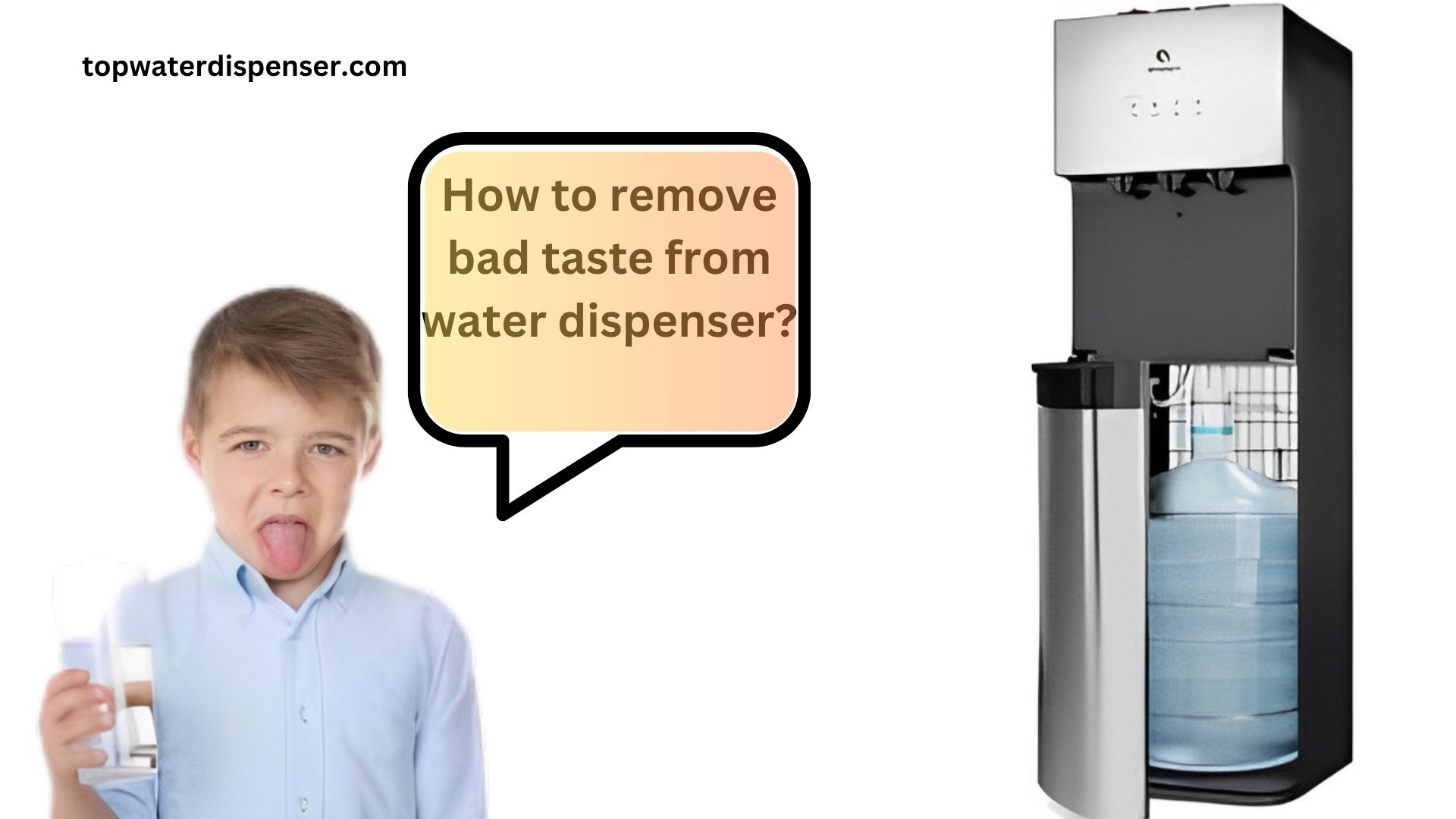
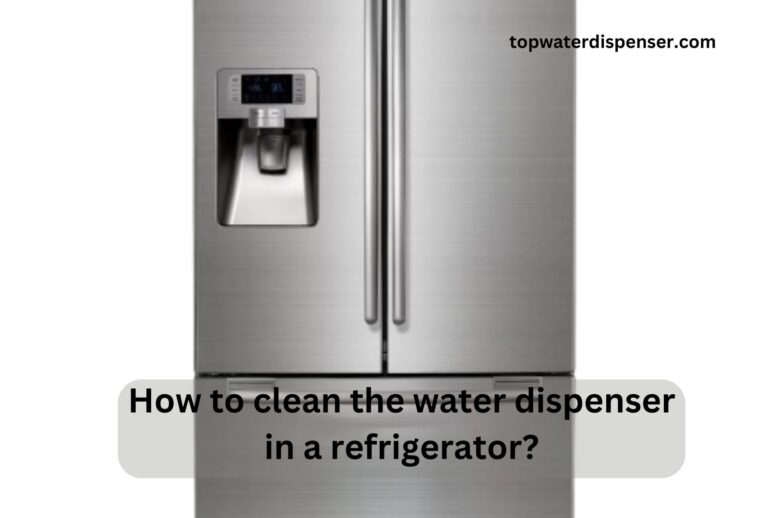
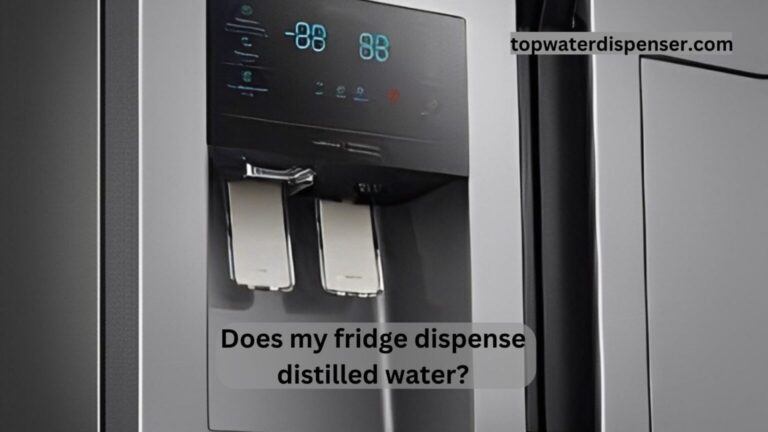
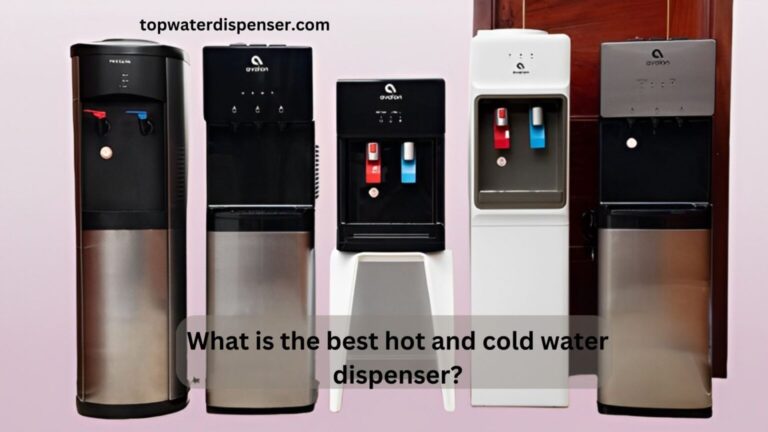
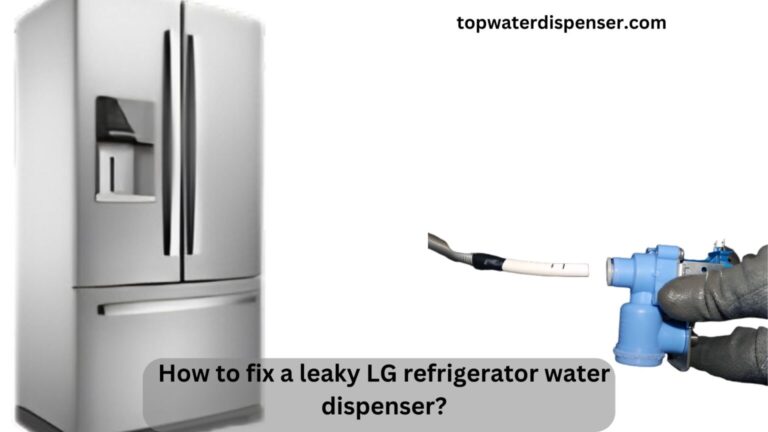
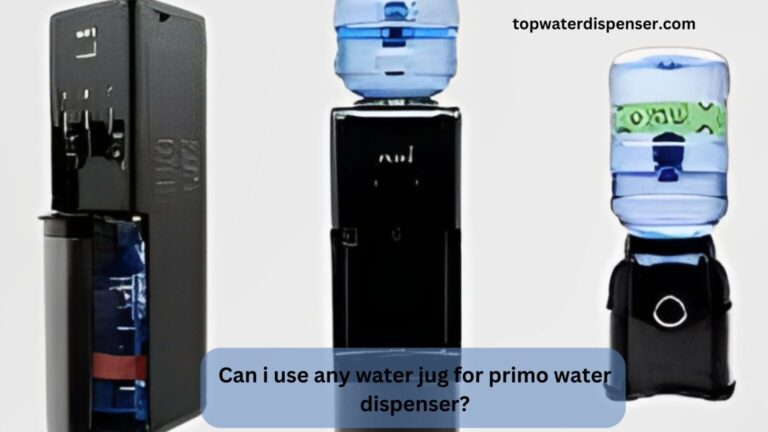
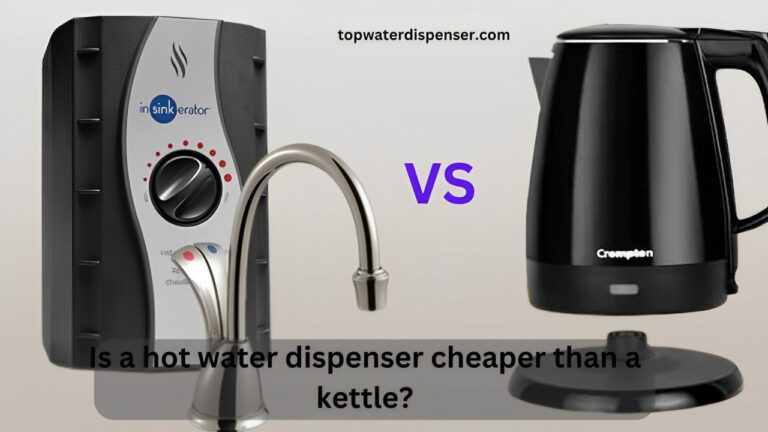
One Comment